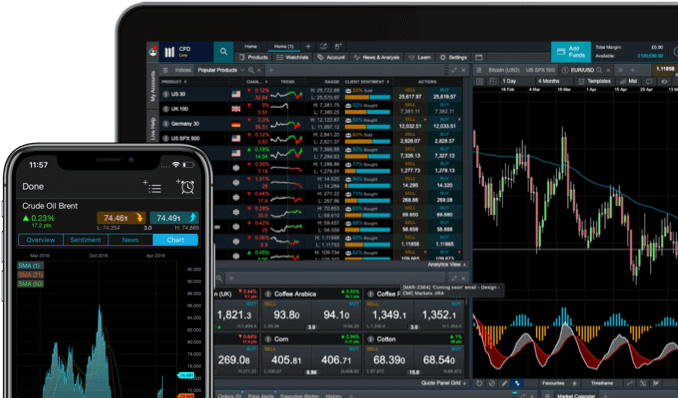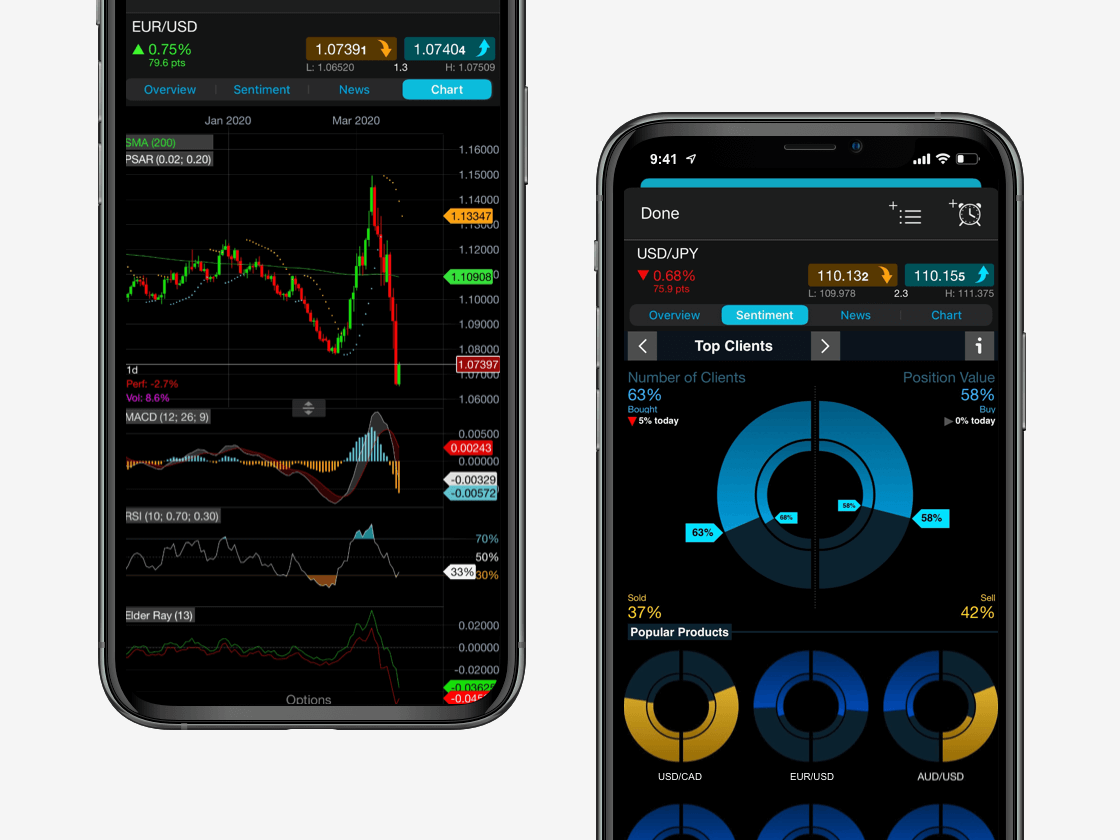Naturally, there are costs involved in establishing the CFD position.
Margin required: establishing a long or short position in CFDs requires an initial margin. This is usually in the range of 5% to 20%, depending on the size and liquidity of the stock, making CFDs a more capital efficient form of hedge.
Holding costs: holding a position overnight will result in overnight fees, although if the CFD position is open for just a few days, these are likely minimal. (Please note that forward contracts don’t have any overnight holding fees).
Tax consideration: these are dependent on individual circumstances but CFDs usually require you to pay capital gains tax, although they are exempt from stamp duty*.
Before carrying out a hedging strategy, you should try to calculate whether the risk-reward ratio is worth it; in other words, whether the amount you pay to open multiple positions will supersede the losses saved on a particular trade.
Hedging strategies can also be practised with a spread betting account, which is tax-free but, similar to CFDs, also comes with spread costs and overnight fees, as well as others. Read an overview of our trading costs for each product.


















